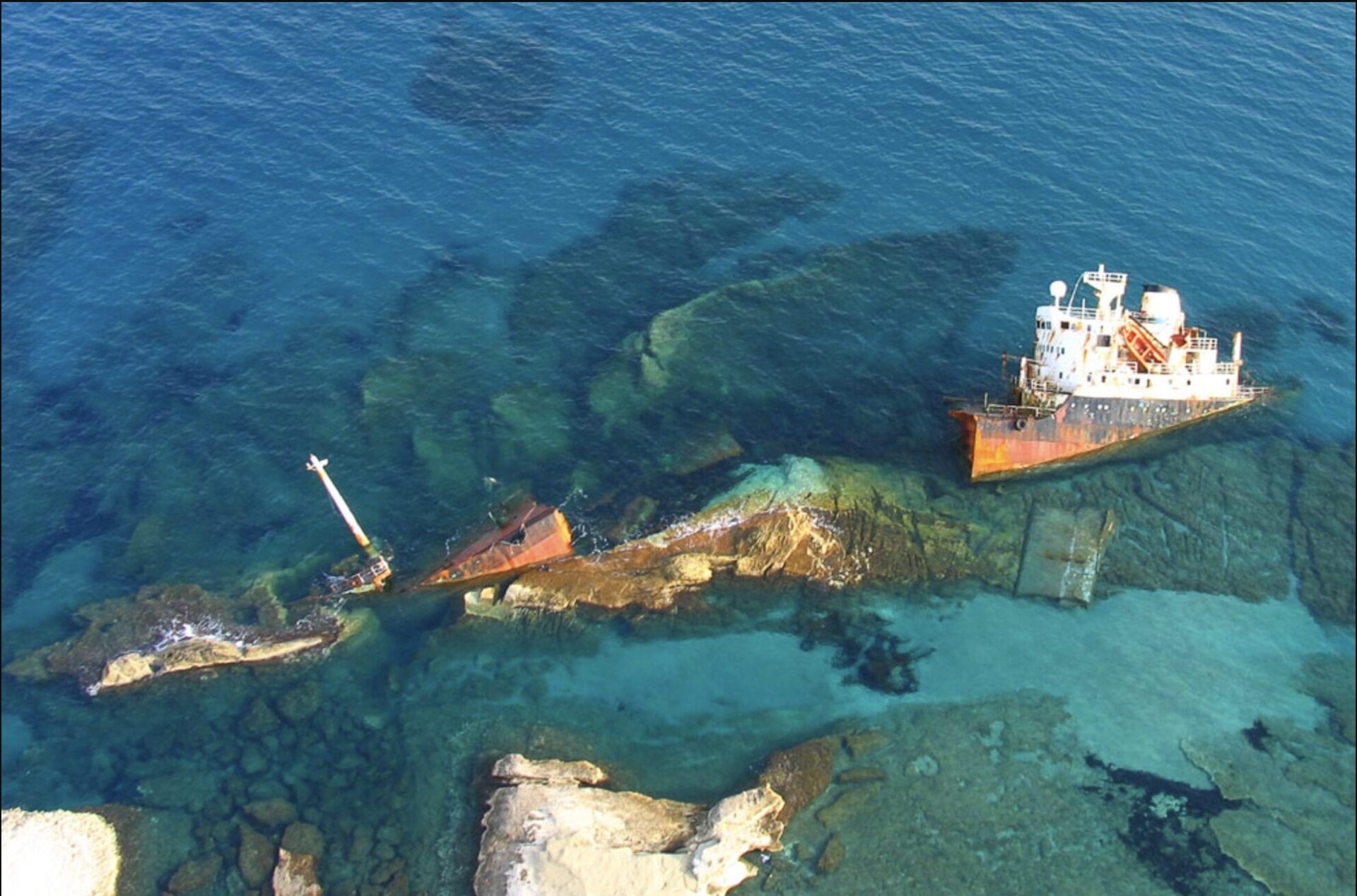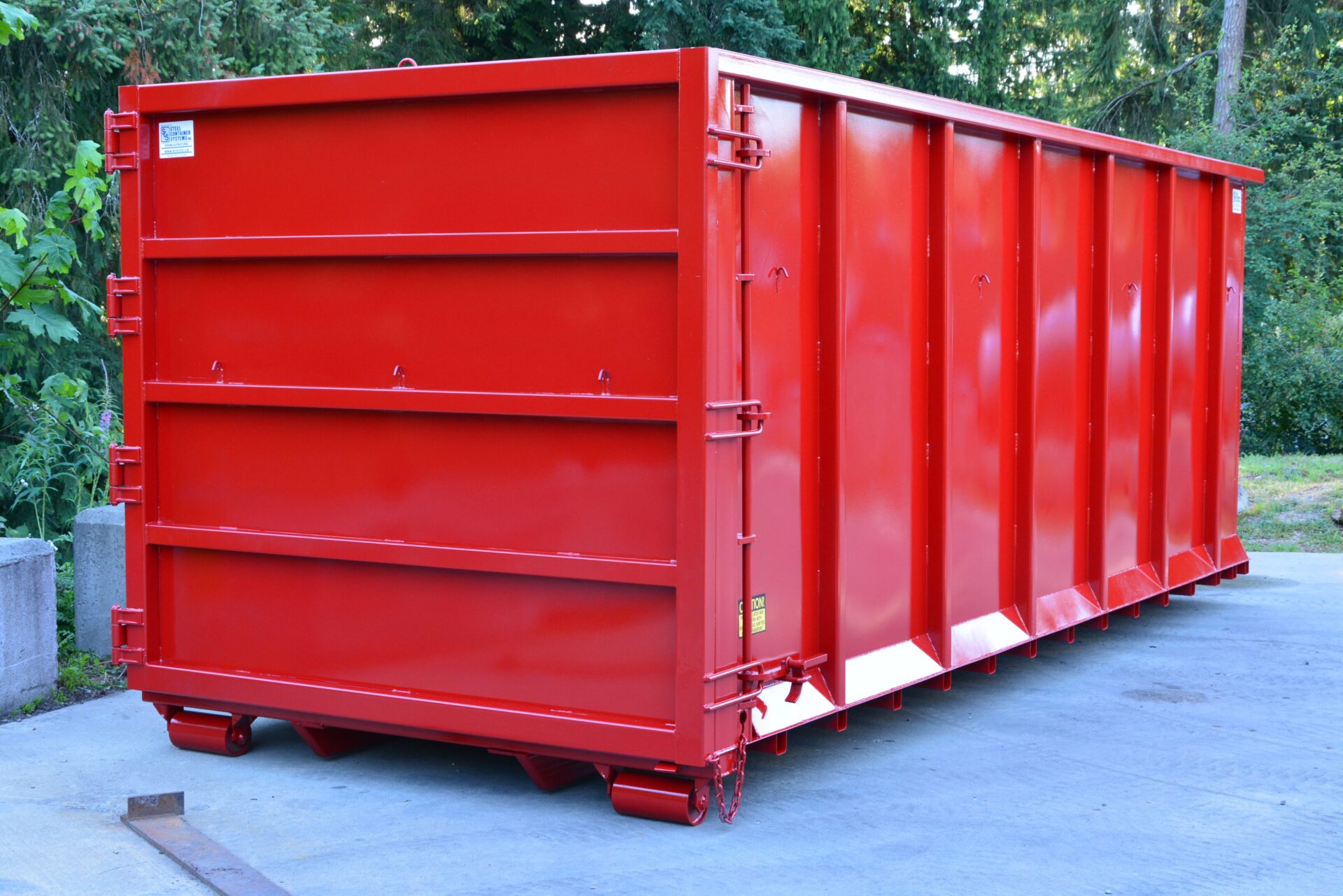
Initially DGI planned to build a playground in Saint Vincent, but a recent hurricane shifted our focus to creating a shelter/art center using cheap materials, run by local artists who provide emergency care and host activities.
Museum of Care in Saint Vincent: some post-hurricane ideas
At the start of working on David Graeber Institute in Saint Vincent, one of our main tasks was to put theoretical knowledge into practice, to make it useful for the people who are living there.
After DGI discussion circles in Saint Vincent in June, the plan was to build a playground in November. However, the hurricane that struck days after our departure changed our priorities.
Now, I am pondering ideas on how to build a reliable hurricane shelter that is both affordable and easy to construct. When I was thinking about playgrounds, I was thinking how to avoid the trap that other institutions fall into, which often build elitist bubbles for a select few and sink into the deadness of bureaucracy and “efficiency.” An open space for the whole community centered around play, as a parallel but connected institution, seemed like the right answer.
A hurricane shelter would only be used during a hurricane, which, unlike a nuclear winter, doesn’t last long. The rest of the time, it could function like the St. Vincent Museum of Care, which DGI would be happy to run. It should be a museum that prioritizes human life and human relationships over the preservation of art objects.
Thinking about funding, I believe it is very important to make it work cheaply, using abandoned objects that their owners have to pay to get rid of: obsolete containers, abandoned ships, old railroad cars, etc. Everyone in the world is just looking for funding and doing very little until they have it, even in absolutely critical situations, because: “there is no money”.
If we get lucky , we can show how at least something can be done for free.
We should start with a simple Zoom meeting with experts who can help find the right solution: engineers, architects, politicians, artists, and activists.
It seems to me that one could proceed as follows:
- Organize a series of consultations to test ideas from an engineering, social, and practical point of view.
- Ask questions like: Are there already materials on the island that could be used? What needs to be brought in? Who can help?
- Formulate social and aesthetic requirements for the shelter.
- Describe the decision-making and working process so that, if successful, this could be a free example of how MUSEUM OF CARE shelters could be built.
- Find the right place for the shelter, ensuring it is:
- Not threatened by landslides
- Has no large objects nearby that could pose a danger
- Won’t be flooded
- Has the ability to divert water elsewhere
- Start construction:
- Dig a pit with an excavator in one day. Learn how Cubans build their hurricane shelters. Varentierra
- Bury a large steel or concrete object with very strong walls in the pit: an old ship, a giant pipe (or system of pipes), train cars, trucks.
- Thoroughly reinforce the roof and entrance.
- Close everything with steel shutters.
- Install toilets inside, and provide water supply and electricity with a backup generator.
- On the roof, build a playground from used car tires. If it gets blown away by a hurricane, it will be easy and fun to rebuild.
- Use it! Take care of it!
- The proposal to transform the hurricane shelter into a Museum of Care has a practical aspect. St. Vincent and the Grenadines is a network of islands, and each island should have its own shelter, to provide safety to the people on time. What could be a better answer than a network of Art Centers located throughout the islands?
- After all, someone has to ensure that the shelter has essential facilities like toilets, a water supply, and others when it is needed. These responsibilities should fall to trained individuals who can provide first aid to the injured and know how to care for small children who may be in the shelter. In my opinion, there are no better candidates for such positions than local artists!
- Most importantly, during the year, when there are no hurricanes, these artists could lead art classes for children and the elderly, as well as tourists. They could also organize exhibitions, poetry readings, and music evenings.
- Of course, the permanent functioning of art centers requires funding, which should be discussed separately.

